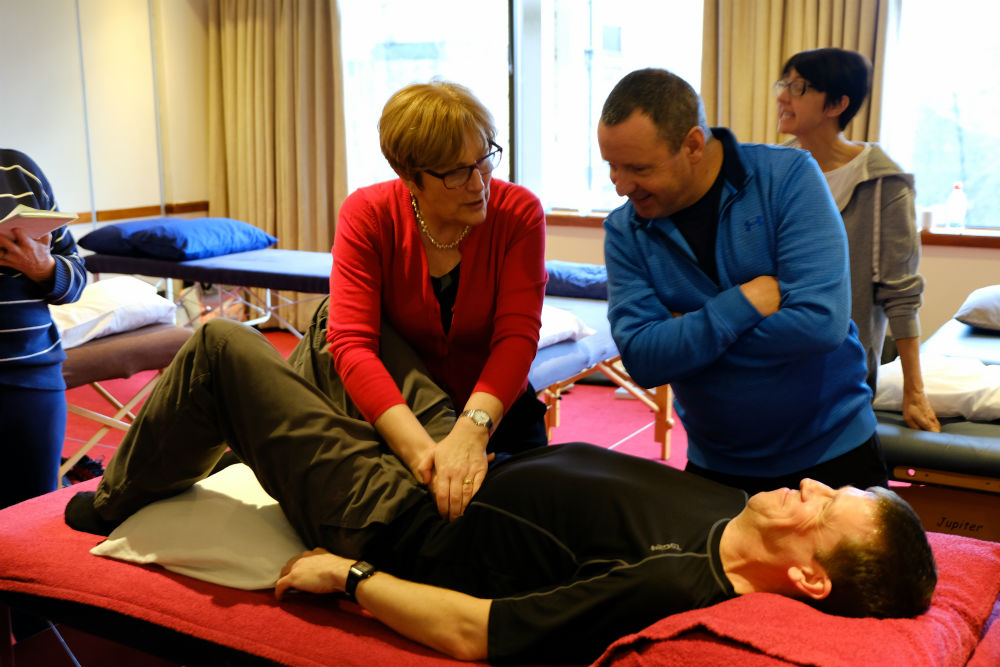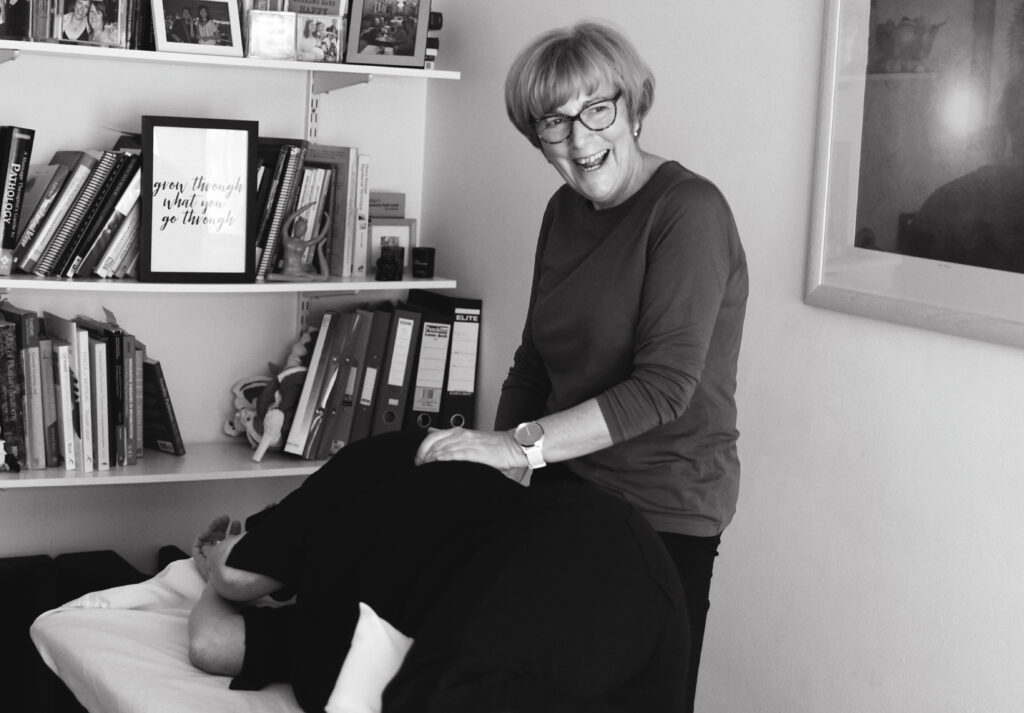
Can you be curious?
When people with chronic issues come for treatment, often they are those who have been around a number of therapists without much success. Then they come to check out what we do. In these instances, our focus is simple: find the ‘root cause’.
My very first teacher, Ken Woodward, taught me to be curious. Ken maintained it was the key to being successful in enabling patients back to wellness, and emphasised that we had to ask the right questions – and sometimes the hard questions. I did not realise at the time quite what this meant.
After a while in practice in my clinic, Ken’s words evolved into a clearer, more thought-out process.
My four main points:
- Always see the whole body, the whole person.
- Always be genuinely curious – treat it like a case to be solved!
- Always remember how far back it can go: what was their childhood like? How did they study, what sport did they play? Have they had any falls? Any head injuries? Have they ever ridden horses or done a bungee jump?
- Always work on your anatomy and physiology and make friends with it. It is a lifelong journey of exploration. Really take time in understanding connections.
When I began training with the Tom Hendrickson in 2006, Tom likened my four points to SOAP notes.
Subjective: This is all about the reason for treatment and history, which may go back a long way, so get curious and ask! It’s at this point the treatment may touch onto general well-being, which is great to know too.
Objective: This is about our observations, it’s where we can assess active range of movement (ROM), passive movement, isometric testing and at times gentle palpation. We will be assessing their standing, their walking and how they hold their body.
Assessment/Action: Making notes on any treatment given through your assessment process. Noting what structures or condition could be responsible for your persons condition/pain.
Plan: Outline goals, aims, and how many treatments you might recommend. I always share my plan. I do explain this could change, sometime as we unravel a painful area, the response is not what we anticipate, so it may change. This is never a worry if you have always worked on your anatomy and physiology, but it needs communicating to the patient.
Here is an example case study relating to this process:
A young woman of 22yrs came to see me with long term chronic headache which were debilitating. She had her hairdressing exams coming up and needed help quickly.
We started by looking at food that could be triggering her, and I gently asked her if there were any stresses in her life? We sat there chatting, me asking and questioning to get an idea of her world.
I was observing the way she sat. There was a little anterior rotation through her upper ribs, with tension through the anterior neck. As well as that, the right GH joint just looked a little tense and seemed to be sitting higher than the other.
I enquired whether she had ever had a fall, or an accident with significant impact.
She smiled and said she had fallen over a rope swing when she was 14yrs and fractured her collar bone. I asked if she had had treatment, and it turned out she hadn’t, due to small size of the fracture. She said it had just been very sore and painful for quite a while.
On assessment, there was considerable tension in splenius capitus and cervices, scalenus, upper trap, multifidi, pec minor, subclavius.
I suggested that we treated her as if she had just fallen off the rope swing, unravelling the old injury. I had a feeling the headaches would clear up.
It took just four treatments, in which I mostly employed the Hendrickson Method with precise strokes, for the headaches to clear.
It was all about getting curious. Instead of leaping into probing around the neck and head, as she told me previous therapists had done, our conversation revealed where I should focus her treatment. It is often this way; by taking the time to understand and acknowledge a patient’s history, we can reveal the path forward to their wellness.



